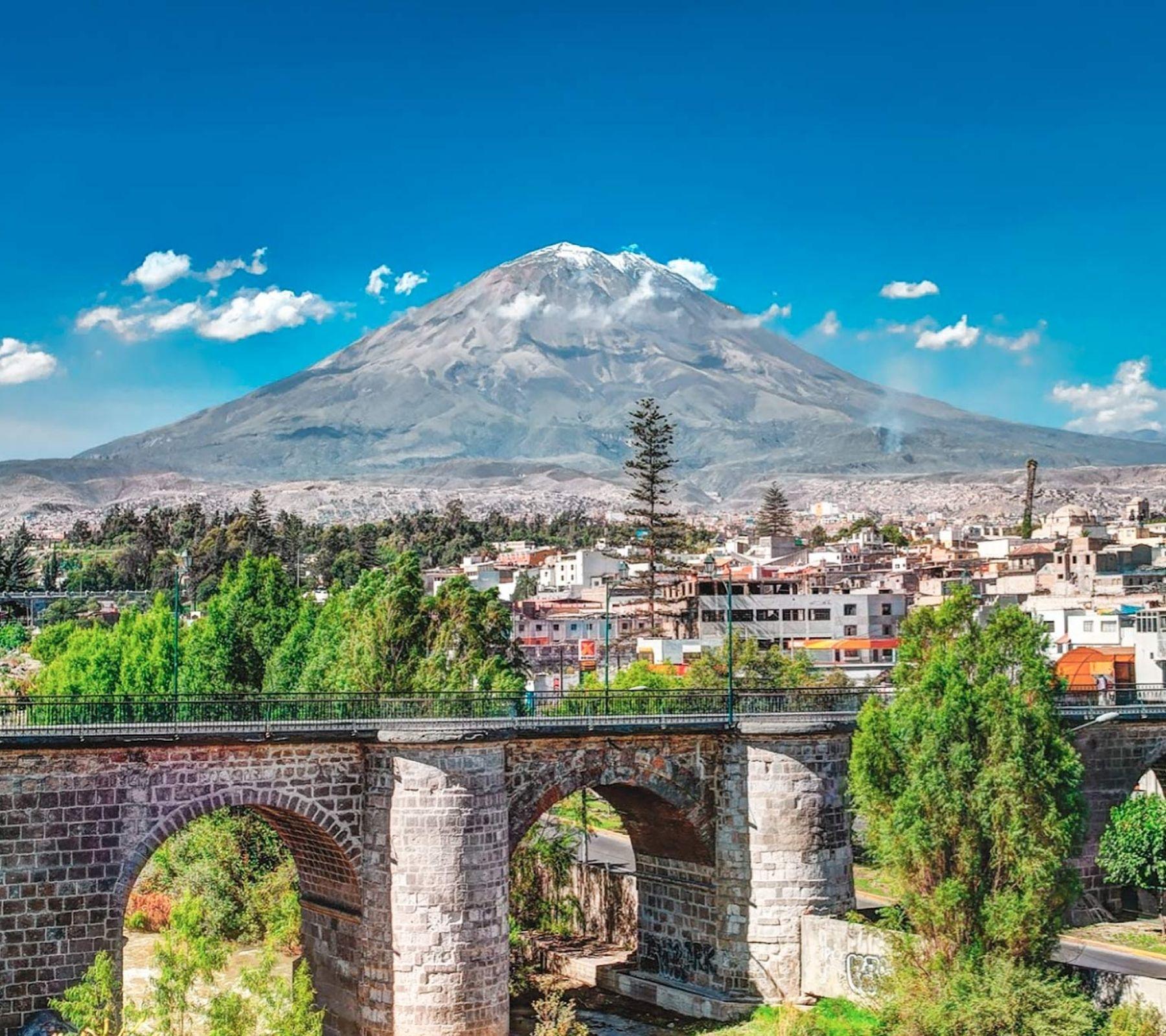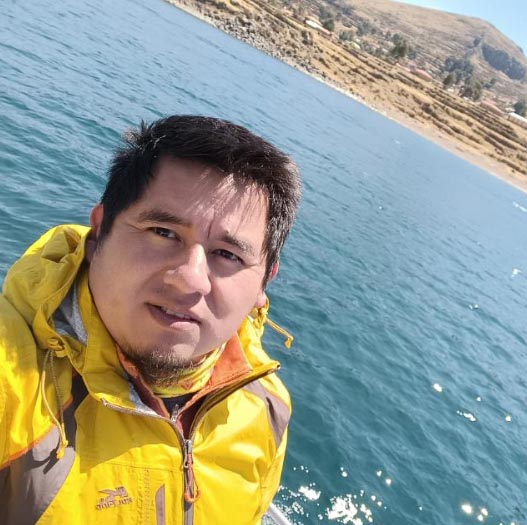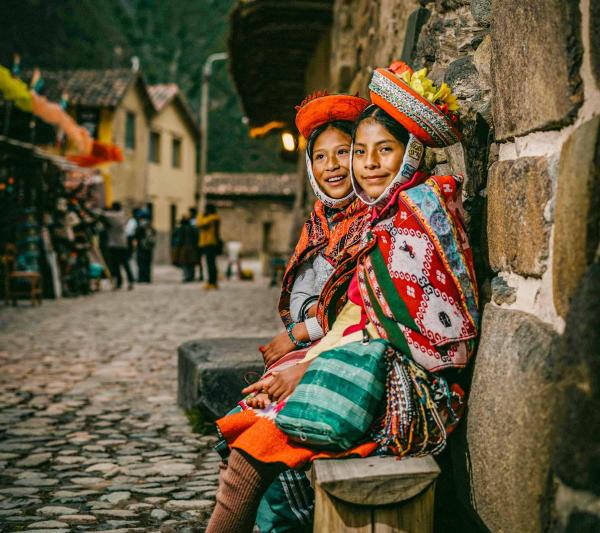Arequipa shines with its own light. Its magic and charm make it a city that wins the hearts of its visitors every day. It is one of the largest metropolises in Peru and as such a destination of great interest.
The architecture of its streets and squares built from volcanic stone gives it a unique beauty that is complemented by the majestic landscape of the volcanoes that surround it. There are many more interesting and striking facts like these. And the fact is that Arequipa is full of secrets and curiosities that not everyone knows. Do you want to discover some more? Join us in this note.
The 'White City'
It is called this because of the ancient use of ashlar: a stone of volcanic origin that has served as the main element for the construction of many of the mansions, monuments and temples located in the historic center, including the emblematic Cathedral. Its characteristic white color, the result of the ashes accumulated over time from the neighboring volcanoes, gives a special glow to the city through the sun's rays that shine on the facades of the buildings when the evening falls.
If you want to know more about this unique stone, there are tourist circuits such as the so-called Sillar Route where you will observe the extraction process and the carving work that is done with this material. The tour includes visits to impressive attractions whose geological formation is also due to this unique and beautiful stone.
Picanterías with more than 500 years of history
One of the greatest heritages that Arequipa has is its gastronomic culture. This heritage that has prevailed for more than five centuries is currently evident by the large number of picadorías that exist throughout the city. We are talking about restaurants with a great tradition and that are the best alternative to enjoy the extensive and varied list of typical Arequipeño dishes that conquer Peruvians and visitors from all over the world.
They are known as picanterías (spicy restaurants) because of the special use of chili peppers in the preparation of dressings, sauces, creams and in each of the recipes. This very Peruvian ingredient gives a spicy flavor to each dish that every diner should taste and enjoy.
A city surrounded by volcanoes
Arequipa is located under the shadow of three volcanoes: Misti, Chachani and Picchu Picchu. The first is the most emblematic and the only one that remains active. Its last eruption was in 1985. It is currently permanently monitored by the Geophysical Institute of Peru (IGP).
It is possible to see the volcano up close (up to the crater) through a tourist tour that is done partially or totally. Although the entire journey demands a significant physical demand, once at the top, the view of the surrounding Arequipa countryside is unmatched.
Characatos by birth
When visiting Arequipa you will surely hear the word characato in many places. This term has been used for many years to refer to the inhabitants of both the city and the entire region. The story goes that in the 16th century a group of men and women moved to the town of Sara Kato, a word composed of two Quechua words: Sara, which means corn, and Kato, sale or market. Over time, the term Sara was derived to Chara.
Years later, the settlers traveled to the current north of Chile with the purpose of selling their merchandise, and when the inhabitants of the place asked them where they came from, they answered: "from Characato." This is how, over time, this demonym that currently distinguishes the people of Arequipa was born.
Juanita, the Inca mummy
One of the greatest discoveries that you can find in Arequipa is Juanita, a mummy found at the top of the Ampato volcano in 1996 belonging to the Inca culture (15th century). Today it is possible to see it up close in the Andean Sanctuaries Museum, one of the main cultural centers of the city. Its historical value is so important for Peru that it was declared Cultural Heritage of the Nation.
The "ice girl", as she is also called, surprised the world after her discovery due to her perfect state of preservation attributed to the natural mummification process that the body went through as a result of glacial freezing, which prevented its decomposition.






